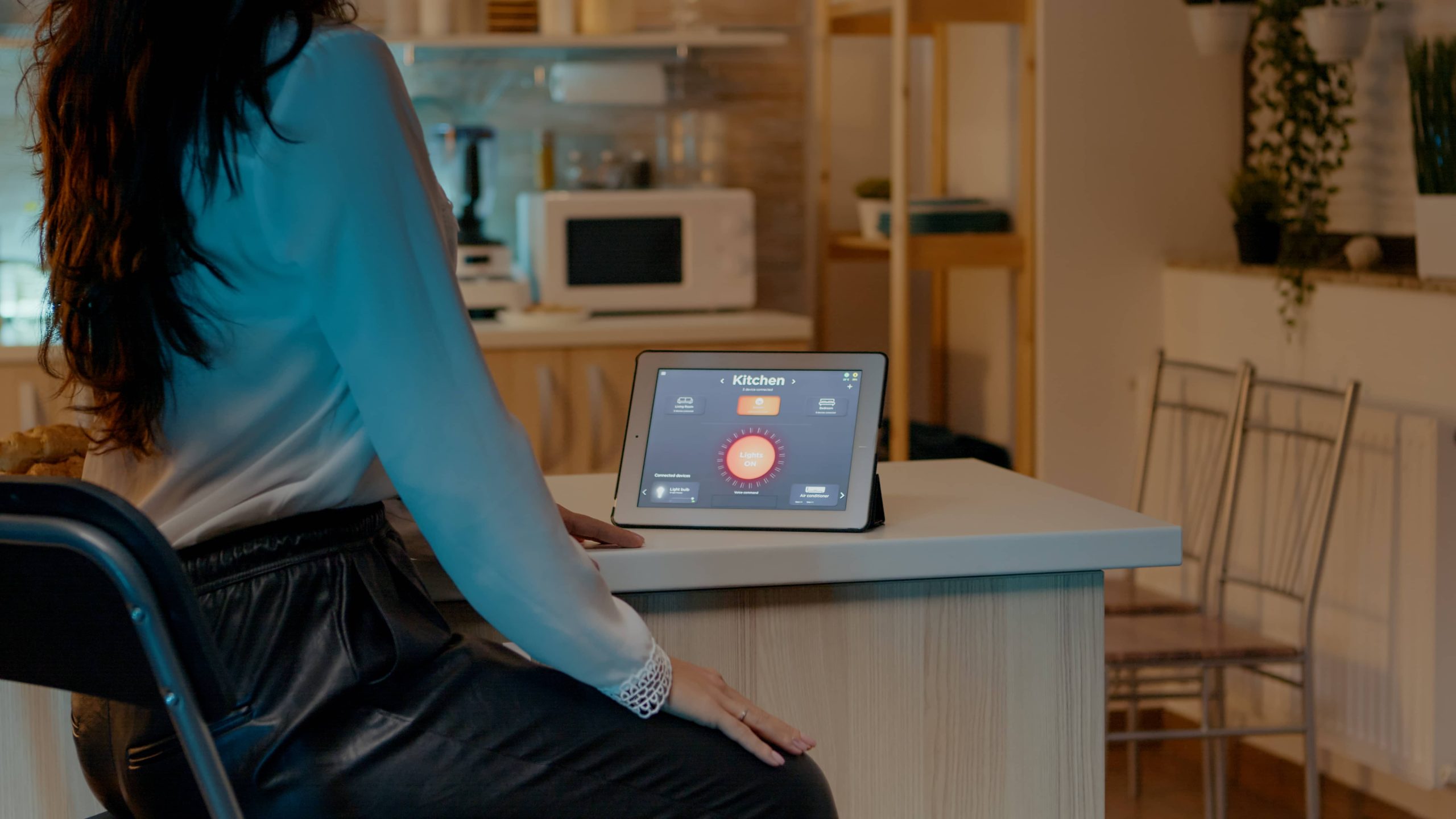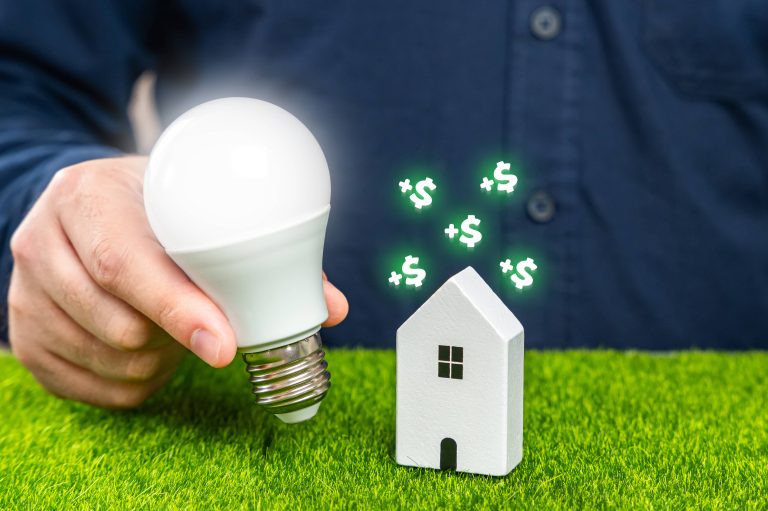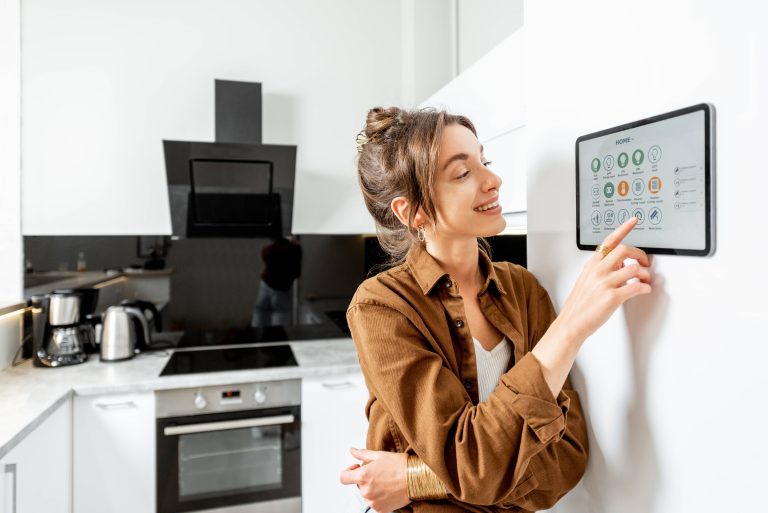
In the age of smart technology, our homes have the potential to function more efficiently than ever before. From smart lights that know when to turn on and off, to thermostats that learn our schedules, to security cameras that let us check on our homes remotely, the possibilities are endless. However, with the vast number of devices and apps available, managing them all can quickly become overwhelming. This is where a smart home dashboard comes in—a centralized control hub that brings all your smart home devices together, making it easier and more convenient than ever to manage your entire home from one place.
What is a Smart Home Dashboard?
A smart home dashboard is an all-in-one interface that provides a centralized control panel for all your smart devices. Think of it as the command center for your smart home, where you can monitor and control everything from lighting and climate to security and entertainment systems, right from a single platform.
Benefits of a Centralized Control Dashboard
Simplified Management
One of the most significant advantages of a smart home dashboard is the ease of managing multiple devices. Instead of juggling different apps for your lights, thermostat, and security cameras, you can handle all of these from a single interface. This streamlined approach not only saves time but reduces the learning curve associated with each individual app.
Improved Efficiency
With a centralized system, you can create cohesive routines and automations that involve multiple devices, enhancing the efficiency of your smart home. For instance, a “Good Morning” routine can automatically adjust your thermostat, open your smart blinds, turn on the coffee machine, and play your favorite morning playlist.
Enhanced Security
A smart home dashboard can also improve your home’s security. By integrating all your security devices on one platform, you can easily monitor and control everything from your security cameras to door sensors, and receive real-time alerts if something seems amiss.
Personalization
Most smart home dashboards are highly customizable, allowing you to tailor the interface and automations to your specific needs and preferences. You can set up different dashboards for different family members, each with personalized controls and widgets.
Setting Up Your Smart Home Dashboard
Choose Your Platform
The first step in setting up a smart home dashboard is to choose the platform that best suits your needs. Some of the most popular options include:
– Apple HomeKit: Ideal for users with a range of Apple products. The Home app on iOS devices offers a user-friendly interface and seamlessly integrates with Siri.
– Google Home: Perfect for users who are already invested in the Google ecosystem. The Google Home app centralizes control for all Google Assistant-compatible devices.
– Samsung SmartThings: A versatile platform that supports a wide variety of devices and brands. It is highly customizable and offers robust automation options.
– Amazon Alexa: If you’re an Alexa user, the Amazon Alexa app allows you to control a wide array of devices via voice commands and the app interface.
Integration of Devices
Once you’ve chosen your platform, the next step is to integrate your smart devices. Ensure that all your devices are compatible with your chosen platform. Most devices these days come with easy setup instructions and app integrations that guide you through the process seamlessly.
Customize Your Dashboard
Now comes the fun part—customizing your dashboard. Most platforms allow you to add widget-style controls for each device. For example, you can have a slider for your thermostat, on/off buttons for your lights, live video feeds from your security cameras, and widgets for various routines and automations.
Tips for Effective Customization:
1. Categorize Your Devices: Group similar devices together, such as lighting or security, to make the dashboard more navigable.
2. Prioritize Frequently Used Controls: Place the controls you use most often in prominent positions on your dashboard.
3. Utilize Routines and Automations: Set up routines for common activities and automations that trigger multiple devices at once.
Ensure Robust Security
While smart home dashboards offer immense convenience, they can also expose your home to security vulnerabilities if not properly protected. Here’s how to ensure your smart home system is secure:
1. Use Strong, Unique Passwords: Ensure all your accounts have strong, unique passwords.
2. Enable Two-Factor Authentication: Wherever possible, enable two-factor authentication for an extra layer of security.
3. Keep Software Up-to-date: Regularly update the software for your smart devices to protect against vulnerabilities.
4. Secure Your Wi-Fi Network: Use strong encryption, like WPA3, and regularly update your router’s firmware.
Conclusion: The Future of Smart Homes
A smart home dashboard offers a centralized and streamlined approach to managing your connected devices. By bringing everything together under one roof, it allows you to create a more organized, efficient, and enjoyable living environment. With customizable interfaces, powerful automation capabilities, and enhanced security features, a smart home dashboard is an indispensable tool for any modern household looking to fully leverage the benefits of their smart technology investments.
As smart home technology continues to advance, the future is set to bring even more integration and intelligent features, making our lives progressively smarter and more connected. Now is the perfect time to adopt a smart home dashboard and take the first step toward a truly centralized smart home experience.







